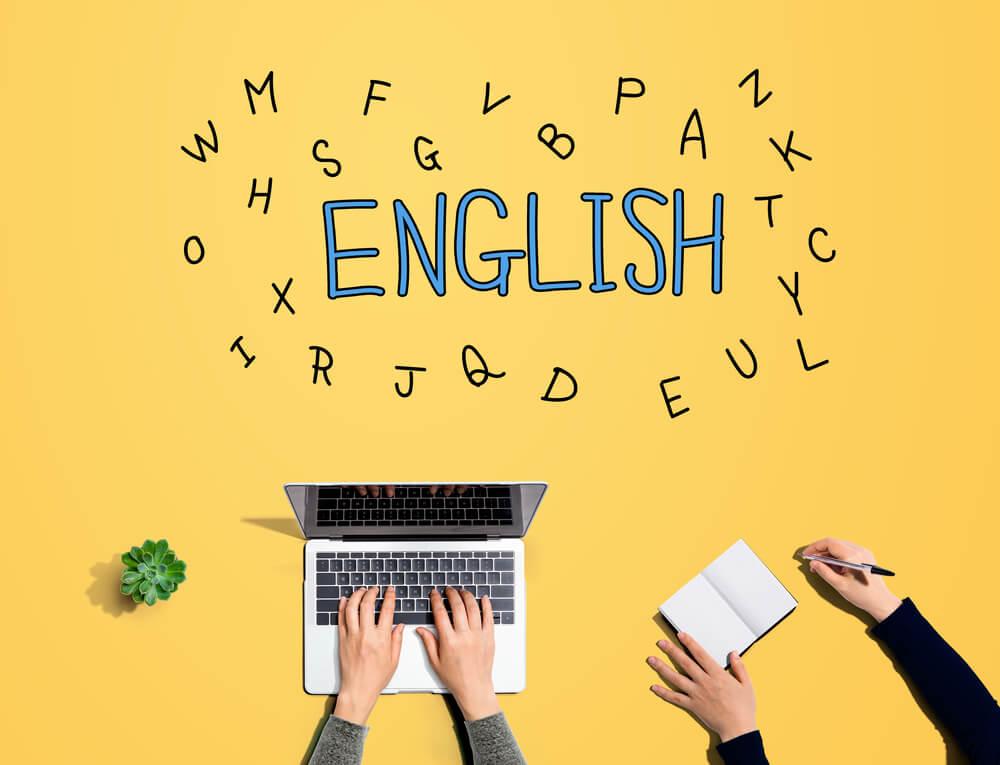Most English speakers only know about the 26 alphabets in the English language. Only few people know about the history behind those alphabets. Yes, there is an interesting history concerning how the English alphabet became what they are today.
English language has gone through many developments from the time of its origin. A lot of contributors helped to shape the English language into its current form. There are 26 alphabets in the English language. But, there is more to the English alphabets than how many letters are in the alphabet. Let’s go down memory lane and see how these alphabets gained their current status.

How alphabetic writing began
Historians have traced the origin of alphabetic writing to almost four thousand years before today. The majority of scholars have stated that this type of writing actually started in Egypt, some time around the 1800 BC and 1900 BC. As of then, the current form of writing was a little difficult to understand.
Seven hundred years later, the alphabets had to undergo more developments from the Phoenicians. The new set of alphabets became popular around places like North Africa, Southern Europe, the Levant, and Iberian Peninsula. The number of alphabets by that time was 22. It was only made of the consonant words.
It was not until 750BC before the Greeks included vowels to the alphabets. The Romans seized the alphabets and combined it with some other characters. About the 3rd century, the old Latin script excluded some letters from the combination.
English has gone through several developments since its inception. First, it was old English that was spoken. It was later transformed to Middle English. The standard and current form of English became more common as from the 15th century after the introduction of printing press. The inclusion of character J in the English alphabet also happened within this period.
Definition of alphabet
Characters used by any language are known as alphabets. Alphabets are used in a particular way, considering the user’s custom. With the alphabets, it is possible for people to express themselves in writing. Each character in the alphabet set up is referred to as a letter. Each character is used to represent a particular sound, depending on the spoken language. With punctuation marks, spaces, and proper reading direction, the alphabets can be used to form words that readers can understand.
My guess is that you started learning the English alphabet from an early age. I am also sure you have never made any serious attempts to know the history behind these letters. After all the developments and evolution, the letters of the English language became 26 around the 16th century. It is also worthy to point out that these alphabets have been greatly influenced by the Roman, Greek, Phoenician, and Semitic scripts. You should also understand that there is an interesting story behind every English alphabet.
Conclusion
This post has thrown some light around the history and formation of the English alphabet. The alphabets we know today have been subject to several changes from the time they were first used.





